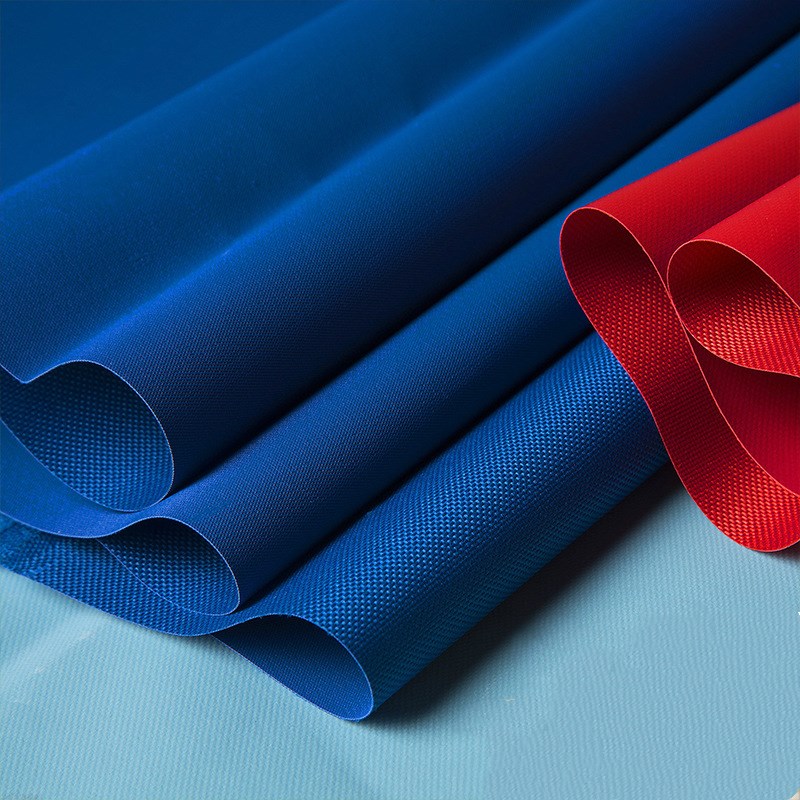The anti-static function of fabric products is always obtained through extraordinary post-rectification (PU coating, exterior metallization disposal, etc.) and the use of conductive fiber materials (metal fibers, metal plating fibers, conductive laminated fibers, etc.) in pure spinning, blended chemical fiber fabrics, interlacing and other methods.
According to the fabric selection test method
Evaluation of fabric anti-static function should be based on the nature of the fabric and the adoption of different methods, test items are also different due to differences in the method. Electrostatic testing includes risk electrostatic source parameters testing, materials and finished products electrostatic function testing, flammable and explosive items electrostatic susceptibility testing, etc. Characterize the material or finished electrostatic function of the primary parameters are resistivity, leakage resistance, charge density and half-life, frictional charged voltage and half-life, etc.. The evaluation of the electrostatic function of the fabric material has the primary objectives of resistance, electrostatic voltage and half-life, charge surface density and other objectives, as well as the dust absorption test, Zhangfan test, adsorption of metal sheet test and other simple low precision test objectives.
Test method varieties

China's current national and industry specifications for fabric products, workwear anti-static function test are: GB/T12014-1989 "to static task clothing", GB/T12703-1991 "fabric products Static test method", FZ/T01042-1996 "fabric material static function static voltage half-life determination", FZ/T01044-1996 Fabric material electrostatic function fiber leakage resistance determination", FZ/T01059-1 999 "fabric friction electrostatic adsorption determination method", FZ/T01060-1999 "fabric friction charged charge density determination method", FZZY0 1061-1999 "fabric friction charged voltage determination method".
It must be noted that the applicability of the different test method specifications are divergent. GB/T12703-1991 "fabric products electrostatic test method", for example, the method supplies several different test methods, not only the test items are different, the skill premise is different, and the products used are also different, the meaning of the characterization is also different. Such as.
A method (half-life method, and FZ/T01042-1996 the same): +10kV high voltage on the specimen placed on the optional metal platform discharge 30s, the half-life of the induction voltage (s). This method can be used to evaluate the electrostatic attenuation characteristics of the fabric, but the conductive fiber specimens in grounded metal platform contact form can not be restrained, conductive fibers and platform contact superior when the charge leaks quickly, and poor contact with the decay rate and common textile similar, unified specimens in different placement conditions to obtain the consequences of the test is very different, so not suitable for the conductive fiber fabrics containing antistatic function evaluation.
B method (friction charged voltage method, and FZ/T01061-1999 basically the same): 4 specimens (2 warp 2 weft, 4 cm × 8 cm ) clamped on the drum, the drum to 400r / min speed and standard cloth (nylon or polypropylene) friction, test the specimen charged voltage within 1min (V ). This method because the sample size is too small, the embedded conductive fiber fabric, conductive fiber dispersion will occur with the difference in sampling position and a great difference, so it is not used for the evaluation of the antistatic function of the fabric containing conductive fiber products.
C method (charge surface density method, and FZ/T01060-1999 is basically the same): the specimen in the rules under the premise of a specific method and nylon standard cloth friction with Faraday cylinder to measure the amount of charge, according to the size of the specimen to obtain the charge surface density (μC/m2). Charge surface density method is suitable for evaluating all kinds of fabrics, including conductive fiber fabrics by rubbing the level of difficulty of static electricity, the measured consequences and the level of dust absorption of the specimen has a closer correlation. Because the friction between the specimen and the standard cloth is manually operated to complete the electricity, so the consistency of the test premise, the accuracy and reproducibility of the test results are susceptible to the impact of the operation.
D method (clothing charge method when undressing): according to a specific method to remove the task clothing and chemical fiber underwear after friction, into the Faraday cylinder, to obtain the amount of charge (μC / piece). The test object of this method is limited to workwear, but because the material of the underwear is not made rules, the friction method is difficult to be consistent, lack of comparability.
Looking at the existing fabric products electrostatic function test national norms and industry norms, the real practical significance of the fabric containing conductive fiber electrostatic function test method as long as GB/T12703-1991 or FZ /T01060-1999 in the charge surface density method. Therefore, the evaluation of the antistatic function of the fabric is not less than the forced to find a certain relationship between the different objectives, but should stand a set of complete, multi-sided evaluation system to reflect the antistatic function of the fabric in different test premises and form and the practical use of the results. Some experts suggest that the existing charge surface density method, should further study and improve the relevant test skills, the manual friction to active operation, in order to further improve the accuracy and reproducibility of the test.
Contact: Jeanne yang(MISS)
Phone: 13912652341
E-mail: [email protected]
Add: Room A2216/A2217,Double-Star Building,No 567 New South Middle Road, KunShan City JiangSu Province ,China.